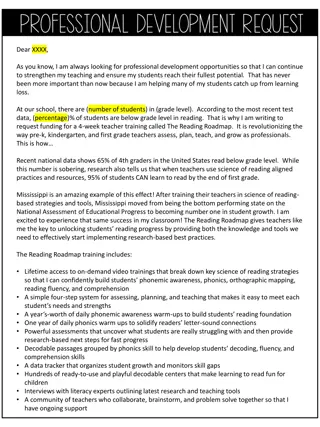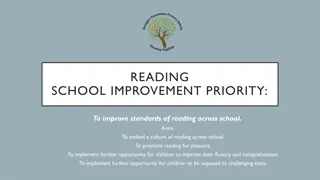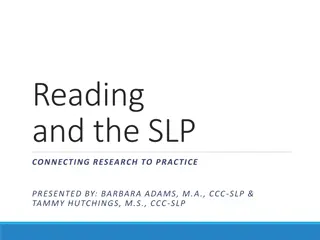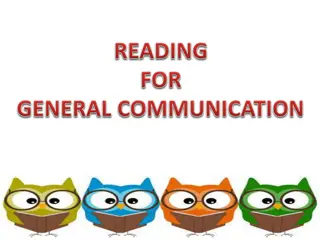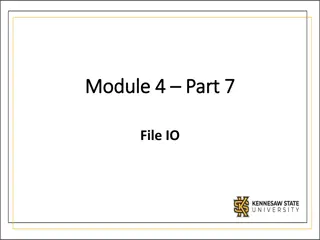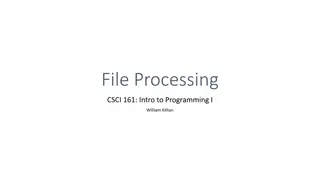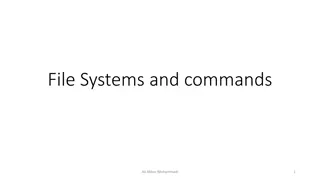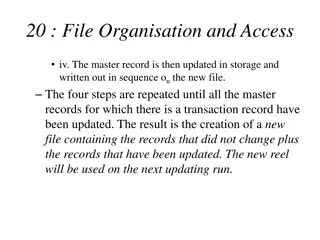
Evolution of Families Through Different Ages
Explore how families have evolved over time, from traditional agricultural setups to modern technological advancements. Learn about changing roles, challenges, and adaptations that families have experienced through the colonial times, industrial revolution, and into the technological age.
Download Presentation

Please find below an Image/Link to download the presentation.
The content on the website is provided AS IS for your information and personal use only. It may not be sold, licensed, or shared on other websites without obtaining consent from the author. If you encounter any issues during the download, it is possible that the publisher has removed the file from their server.
You are allowed to download the files provided on this website for personal or commercial use, subject to the condition that they are used lawfully. All files are the property of their respective owners.
The content on the website is provided AS IS for your information and personal use only. It may not be sold, licensed, or shared on other websites without obtaining consent from the author.
E N D
Presentation Transcript
Families in a Changing World Unit 1 Chapter 1
What is a family? A family consists of two or more people living in the same household. They may be related by blood, marriage, or adoption. A family may include any combination of mother, father, stepparents, children, stepchildren, adopted children, grandparents, or other relatives. Strengthening Family & Self , Leona Johnson. 2010.
The Colonial Family In the colonial times, the work of most families was centered around agriculture. Families worked to obtain and own land. All family members worked to provide for the family s needs. Work done by both spouses was important and necessary for the family s survival. Children were valuable, for they helped with chores at a very young age. Relatives lived near by.
The Family During The Industrial Revolution Many families moved from rural areas to large cities. They found work in factories. Families no longer worked for themselves, they worked for someone else. They became dependent on others as they adopted the role of customers. Large families were no longer an advantage as they no longer needed help with the farming chores.
(continued) Parenting roles changed too: Men worked long hours to provide for their families needs. Women took the role of raising children as she was the one whose full-time job was homemaking.
The Family in the Technological Age Jobs were easy to obtain. Families bought appliances and cars to make life easier and comfortable. The demand on family income increased which explains why many women joined the workforce. Because many women worked, children had to play a different role as well. They shared the role with babysitters, child care workers, and teachers. The marriage relationship changed: became based on mutual love and affection rather then a need for a person to provide for the other.
(continued) Couples who were not happy with one another would separate, and the divorce rate increased. As a result, many families became headed by a single mother or father. Many industrial jobs changed as computers made complex jobs simpler. Time and energy for leisure activities became more common. Higher education was no longer a goal just for men. It also became a priority for women Couples divided parenting duties, child care and housekeeping tasks to balance work and home responsibilities.
In summary Family functions change in response to economic and social pressures. Families that were self-sufficient in an agricultural economy went to work for others in an industrial economy. The value of large families decreased. Families had fewer children and established the small-family trend that still exists today. Today s family faces old challenges (balancing work and family) but also faces new challenges (caring for older parents and retraining themselves to work in the computer era and a global economy).
Benefits of Family Living A family can do the following: Satisfy physical needs Be a source of protection Provide long-lasting relationships. Be a source of love and affection Provide support and encouragement. Provide companionship

